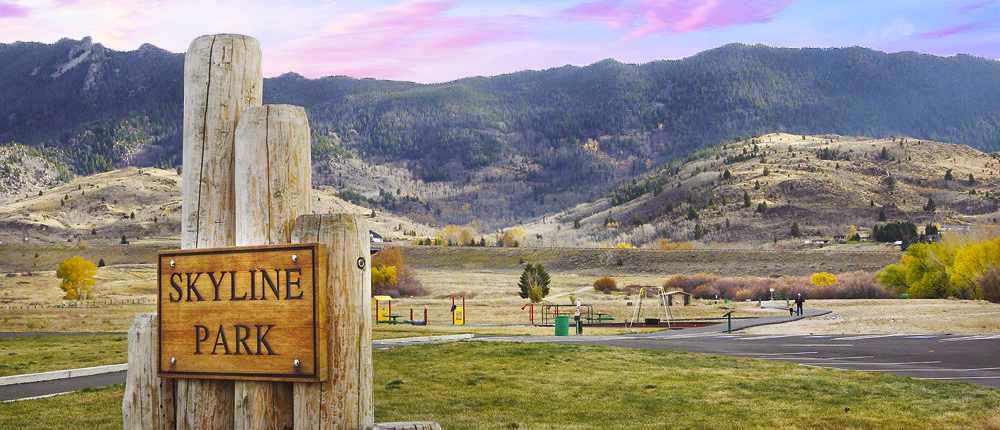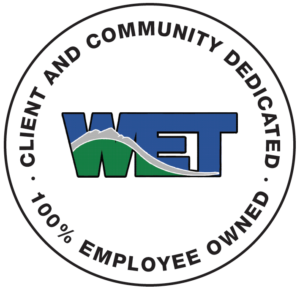SKYLINE PARK FISHPOND AND OPEN SPACE PROJECT
Butte, Montana
Approximately 57 acres of open space property near Hillcrest school, owned by BSB, was developed into an open space park. The area was damaged by historic unauthorized overland vehicle traffic, ATV traffic, and illegal dumping. The abuse resulted in a network of trails that promoted erosion and sediment issues, stream channel degradation, weed infestation, and litter and debris issues. This Project developed a comprehensive plan to develop the site, rehabilitate damaged areas, and provide a multi-use use park for local residents.
WET completed a site investigation, wrote a Natural Resource Grant Program (NRDP) application for park construction, completed the park design, and provided construction oversight. The site investigation confirmed clean surface and groundwater resources existed to supply a children’s fishing pond and investigation data was used to develop a conceptual park design. The design work was used to obtain a $1.2 million NRDP grant for design and construction of the park. Project tasks included stream restoration, revegetation, pond construction, channel reconstruction, bridge installation, large scale re -contouring and reclamation, trail and parking lot construction, utility construction, and park amenity construction including restrooms. Permits required for the project included the Federal Clean Water Act (404 Permit), the Montana Natural Streambed and Land Preservation Act (310 Permit), the Montana Floodplain and Floodway Management Act, and compliance with the BSB Municipal stormwater Engineering Standards.
The park now serves as a recreational centerpiece for residents who desire an open space experience complete with trails, a fishing pond for children, hang glider landing zone, restrooms, parking lots, riparian zones in the Reese Canyon Creek corridor, and open space with native upland vegetation. The park was designed and built within budget and on schedule.
Reduction in Construction/Operating Costs
WET implemented multiple design features that saved money for BSB both during construction and on operating costs. Instead of using city water for irrigation, WET designed and installed a well to supply water to the area, which will reduce long-term operating costs and conserve water. Additionally, WET was able to restore and reuse concrete caps from old mine shafts as pedestrian bridges for the project, thereby saving significant construction costs. Lastly, WET revised the original trail design to eliminate boardwalks over wetland areas, which both reduced construction costs and permitting requirements.



